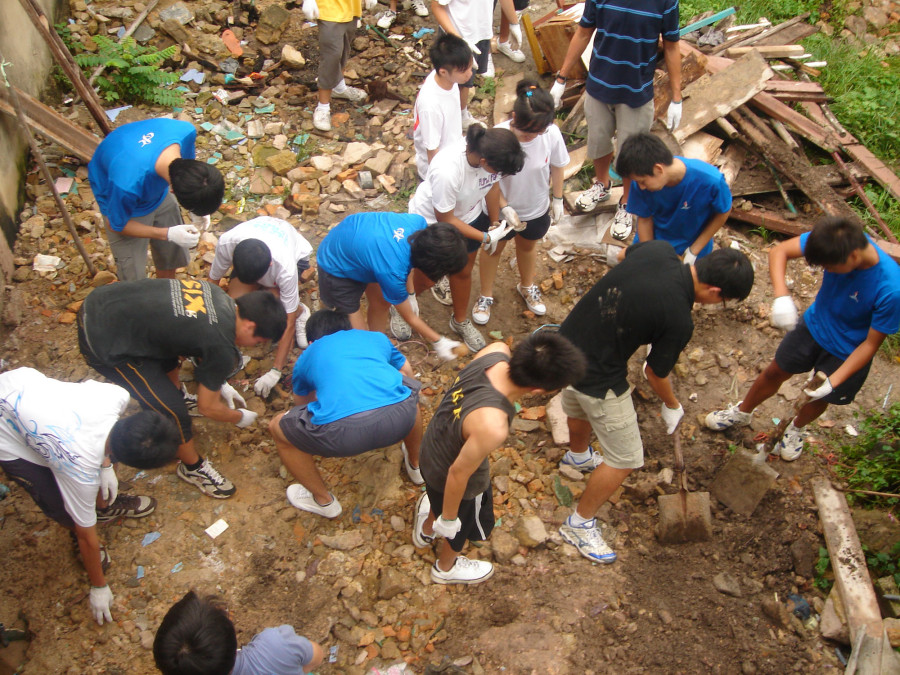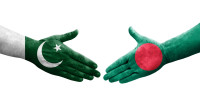Opinion
Out of the classroom
Service learning seems to be a viable option and worth being taken up by schools
Dronashish Neupane
Both basic and secondary level social studies curriculums, one of the compulsory subjects at the school level, have the accretion of the ‘Do and learn’ concept in students as one of their major objectives. The emphasis placed on experiential learning is clearly evident, and most, if not all, things discussed under the ‘learning facilitation processes’ makes reasonable sense, at least on paper. Take, for instance, the call for the need to discourage the pedagogical practice of ‘rote learning’ and encourage creative endeavors in students by fostering the finding out approach in their respective communities.
This conceptual standpoint is all very well; but for lack of any assessment as to whether this philosophy is actually put into practice, it remains ineffectual and perhaps will remain so in the foreseeable future. Schools, the most important stakeholders here, can nevertheless have a very important take-away from this particular postulation of the social studies curriculum which falls in line with what is called a ‘service learning approach.’ Janet Eyler and Dwight E Giles, Jr, the authors of the book Where’s the Learning in Service-Learning? define service learning as ‘a form of experiential education where learning occurs through a cycle of action and reflection’. Very crucially, service learning need not be limited to subjects like ethics and social studies.
It may be helpful at the outset to differentiate service learning from volunteerism and community service. Community service or volunteerism is done with the motive of positively contributing to any particular aspect of a community. Students get involved in such tasks as feeding pensioners at old-age homes, holding clean-up campaigns or visiting local schools and conducting recreational programmes.
Service learning, on the other hand, has essential attributes like integration or tie-up with the academic curriculum and reflection both during and after completion of the service. While any connection that volunteering and community service may have with the academic curriculum is coincidental, service learning is directly embedded in the students’ academics as it is the ‘taking action’ part of what they would have learned across various disciplines in their curriculum. To quote again from the very national curriculum, “In order to impart students with the practical knowledge of subject matters pertaining to social studies, relevant activities must be conducted both inside and outside the classroom.” Against the backdrop of this progressive pedagogical standpoint taken by the curriculum, service learning seems to be a viable option and worth being taken up by schools.
The service learning process originates when students decide that the skills and knowledge acquired across various disciplines are applied in charting out plans for positive action towards their community. They may not give much thought and importance to directing their energies towards this goal of engaging with their community while also offering themselves an opportunity to make their learning more meaningful, and therein lies the teacher’s role in helping them get started.
It is worthwhile to clarify that a day trip to cultural heritage sites, a clean-up campaign on World Environment Day on June 5, or a placard displaying rally on Child Rights Day is not service learning. These experiences are very short-lived and provide very little opportunity to students to reflect what and how their skills and knowledge are applied. Though well meaning, they run the risk of efforts being limited to mere tokenisms. Carried out over a period of time which allows students to engage in ways that are more than simply ‘go and donate’, service learning starts with teachers and students investigating various aspects like whether there is an actual need for such a service; and the skills, interest and talent of the service providers, who happen to be students in this case.
A service learning project carried out by a trio of ninth graders from where this pedagogue teaches is worth sharing here. Drawing from a unit from their health population and environment subject and digital literacy skills acquired from Design, these girls created a blog on adolescent issues and have been putting up reflections, poems and stories on topics ranging from peer pressure, parental expectations to teen mood swings. Theirs is a perfect example that service learning can also take the form of an indirect service and advocacy.
The practical aspects of learning or real-life learning are terms which get much bandied about by ‘progressive schools’ these days, but they have unfortunately become mere pedagogical platitudes. Introducing service learning in human area subjects like social studies, ethics and health, population and environment could be a starting point for actually taking students’ learning experience out of the classroom. A change, however small, as in the case of those girls whose blog reads haven’t exceeded 20, makes them real world actors. It also helps them to gain personal insights and enhance their existing skills, become more confident, and more importantly, nurture the idea of finding innovative ways of positively contributing to their community.
Neupane is a faculty member at Premier International IB World School.




 7.12°C Kathmandu
7.12°C Kathmandu










